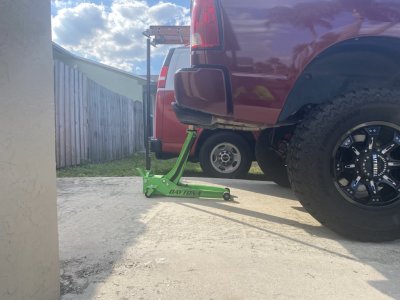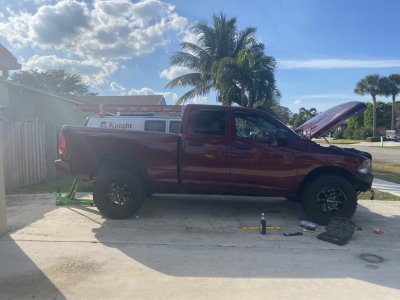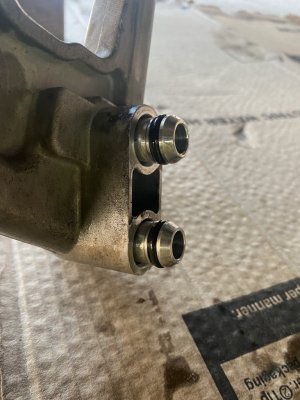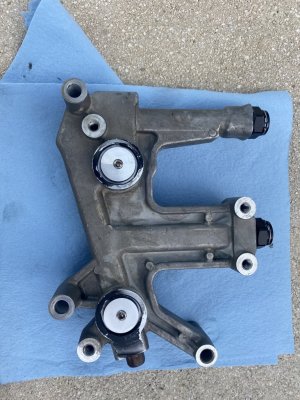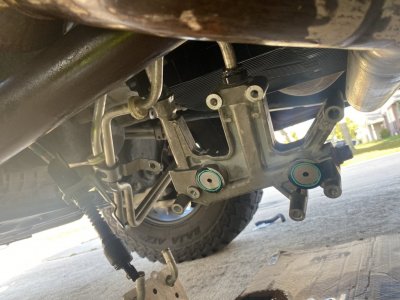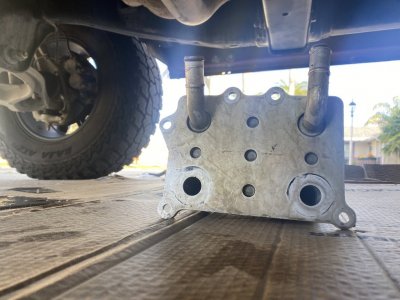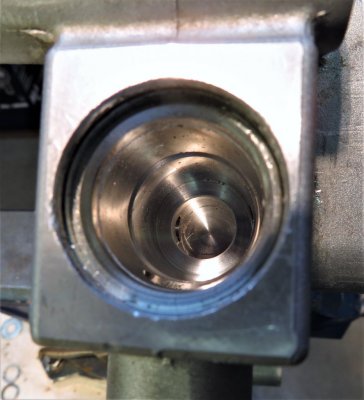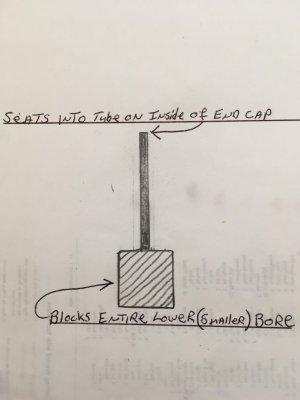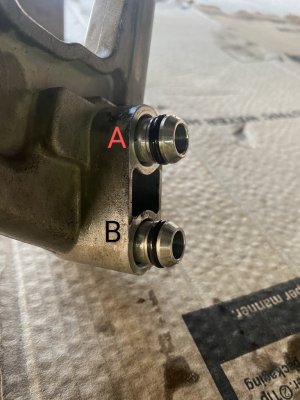grizzstang
Senior Member
- Joined
- Apr 26, 2017
- Posts
- 1,695
- Reaction score
- 2,450
- Location
- Calgary, Alberta Canada
- Ram Year
- 2017
- Engine
- Hemi 5.7
If you had the thermal management unit it would be super easy to create a piece similar to the thermostat that would just fit into the plastic cap, same as the thermostat, and reach far enough in to cover the rear hole. I think the factory thermostat just causes a restriction to the rear hole as there is no way for it to fully block it off by what I saw when I had it apart. You would need a thermal unit to make measurements though. A measured restrictor could actually work to keep the heater side functional to keep temps up but still allow more fluid through the radiator if that’s what was wanted. That’s actually why I’m sending caulk my thermostat. He is planning on creating a restrictor based off of the design of the thermostat in the fully open position.
By rear hole you mean the bottom hole in the thermostat housing?
I am thinking a piece of pipe to use as a sleeve or cap off the bottom entirely with a solid piece of aluminium rod.


